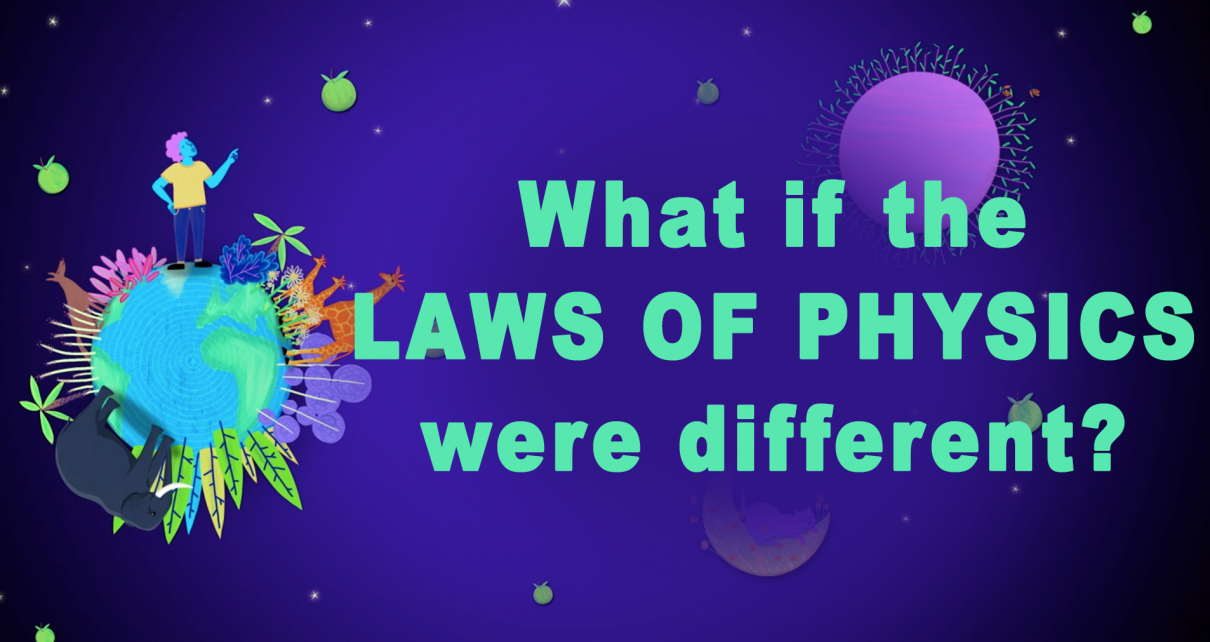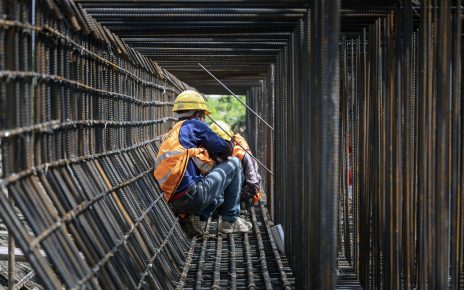Life’s up and downs may seem as inevitable as gravity, but somehow 2020 feels worse than usual. Just as a thought experiment, what if this year actually did get so weird that it even ushered in a change in how gravity affects our material universe?
In the video Did the Universe Have to Be the Way That It Is? we examine what our universe—and more specifically, our lives—might look like with some tweaks to the physics responsible for the world as we know it.
If gravity were just a little stronger in our own three-dimensional world, the curvature of spacetime would be greater, and matter could more easily collapse in on itself. This arrangement would make stars, galaxies and planets extremely diminutive, compared with the ones in our reality. Not only would we have less space on Earth, but our sun would deplete its nuclear fuel much more rapidly—meaning that evolution, and life itself, would be greatly curtailed.
If gravity were weaker, Earth would be gigantic, and it might be oddly shaped like some asteroids—or a potato. And rather than walking on the surface of our planet, we might find ourselves, say, jumping to grab a rebound in a basketball game, only to accidentally end up in the upper atmosphere or orbiting the globe as a tiny human space station.
What if we weren’t three-dimensional at all? (Imagine people as paper cutouts.) If we lived in two dimensions, gravity would act very differently. Although we would still have the spacetime curvature noted in Einstein’s general theory of relativity, such curvature would no longer produce gravitational forces. For this sort of flattened universe, we could instead have “scalar gravity,” in which Newton’s description of gravity would have been the final word, and black holes would be relegated to science fiction.
Thankfully, even though 2020 seems topsy-turvy, we still have gravity to keep us grounded.




